Multisensory learning is a fun and effective method for helping little kids learn and develop. It taps into various senses like sight, sound, touch, and movement, to introduce new things. For preschoolers, who are naturally curious and love to discover, this approach makes learning way more exciting.
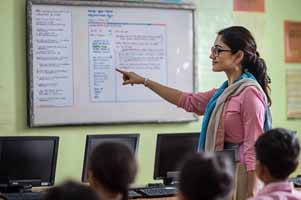
Multisensory Learning – Definition
Multisensory learning is all about using multiple senses at once to learn new things. Instead of only hearing or staring at objects, kids can also get hands-on by touching things, moving around, or even experiencing different smells and tastes. For instance, when exploring fruits, they might check out pictures, listen to a fun story, feel the fruits in their hands, and even have a tasting session. This approach completely engages their eyes, ears, hands, and mouths in learning.
The Benefits of Multisensory Learning
- Improved Memory: A major advantage of multisensory learning is that it boosts children’s memory. Engaging multiple senses helps their brains to form stronger links. This makes them remember things easily. For example, if a child learns about shapes by seeing, touching, and drawing them, they are more likely to remember those shapes in the future.
- Better Understanding: With Multisensory learning, children can have a better understanding of new concepts. Grasping complex ideas can be improved by experiencing information about a topic in different ways. For example, learning about animals through pictures, sounds, and hands-on activities can make the information more relatable and easier to understand.
- Boosted Engagement: Using multiple senses makes learning more interesting and fun for children. Children learn things enthusiastically and participate in learning activities with enhanced excitement. Activities like singing songs, playing games, and doing crafts can make lessons more dynamic and enjoyable.
- Varied Learning Styles: Every child has a unique learning style. Some might be visual learners, while others might learn better through listening. Multisensory learning is all about embracing these various learning styles, making every child learn in a way that suits them the best.
- Enhanced Problem-Solving Skills: Multisensory learning encourages children to use different senses to explore and solve problems. This holistic approach can improve their critical thinking and problem-solving skills. For example, in a puzzle activity, children might use their sense of touch to feel the pieces, their sense of sight to see where they fit, and their sense of hearing to listen to instructions.
- Inclusive Education: Multisensory learning is particularly beneficial for children with learning disabilities. It provides them with alternative ways to access information and demonstrate their understanding of the subject. For example, a child with difficulty reading might learn better through audio recordings and hands-on activities.
- Motivation and Enjoyment: Children are more motivated to participate and succeed in the activities that they find engaging and enjoyable. Multisensory learning activities make these lessons more interesting, and enjoyable and ultimately motivate them to learn.
Implementing a Multisensory Approach to Learning
To effectively implement a multisensory approach to learning for preschool children, educators and parents can incorporate various methods into their lessons. Here are a few tips below.
- Visual Aids: Using colourful pictures, charts, and videos to improve verbal instructions. Visual aids can help children understand and grasp information better.
- Physical Activities: Activities like building with blocks, and playing with clay, can engage children’s senses better. These activities can make concepts more easy and understandable.
- Use Technology: Use educational apps, interactive whiteboards, and other learning tools to create interactive and engaging lessons. Technology can provide a multisensory experience by combining visual, audio, and interactive elements.
- Incorporate Movements: Activities that involve movement, such as dancing, jumping, and playing physical games will improve their sensory way of learning. Movement can help children stay focused and engaged. This works better, especially for those who have difficulty sitting still for a long time.
- Music and Sound: Incorporate music, sound effects, and recordings into lessons to engage children’s sense of listening. For example, playing background music during storytime can create a more stimulating learning environment.
- Create a Visually Rich Environment: Design the classroom to include sensory-rich elements, such as colourful posters, textured materials, and interactive displays. A sensory-rich environment can stimulate children’s senses and create an engaging learning space.
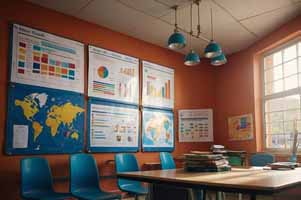

Conclusion
Multisensory learning is a powerful approach that can enhance memory retention, improve comprehension, increase engagement, and support diverse learning styles. By incorporating multiple senses into lessons, educators and parents can create a more inclusive and effective learning environment for preschool children.

The curriculum of Mother’s Pet Kindergarten is designed to enhance the sensory learning of the kids. Teachers here use various multisensory learning methods to help young children improve their way of learning and achieve better results academically. Mother’s Pet Kindergarten believes that multisensory learning facilitates a lifelong love of learning. Whether through visual aids, hands-on activities, technology, or sensory breaks, a multisensory approach to learning can help children thrive and enjoy their educational journey.
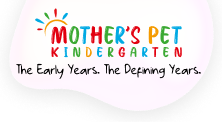
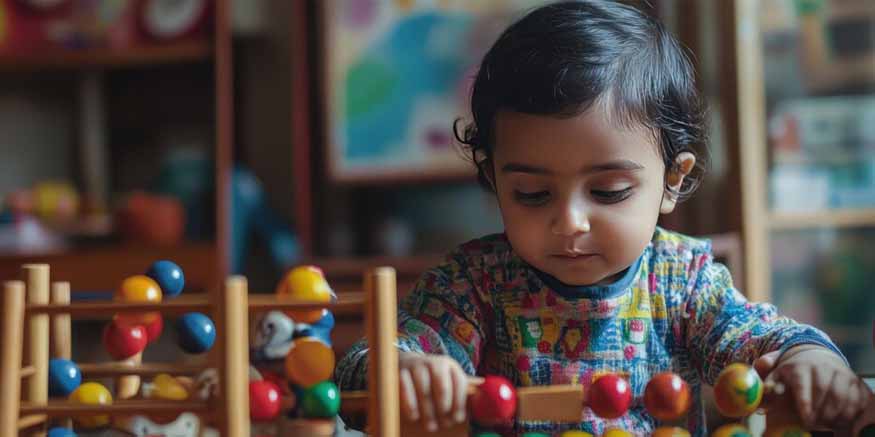



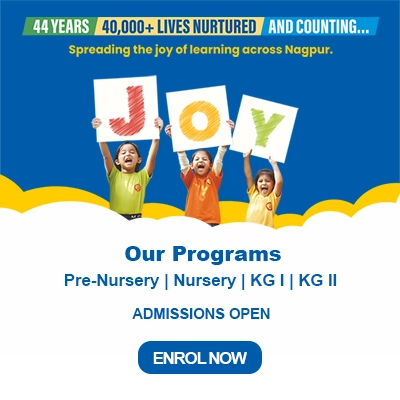
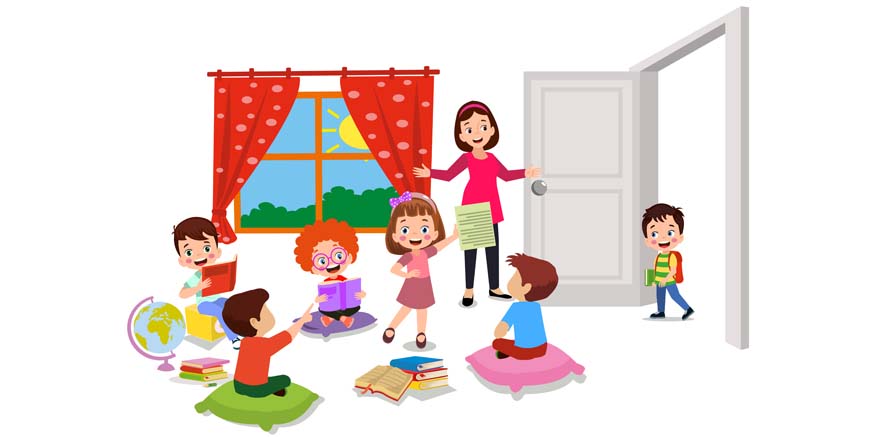
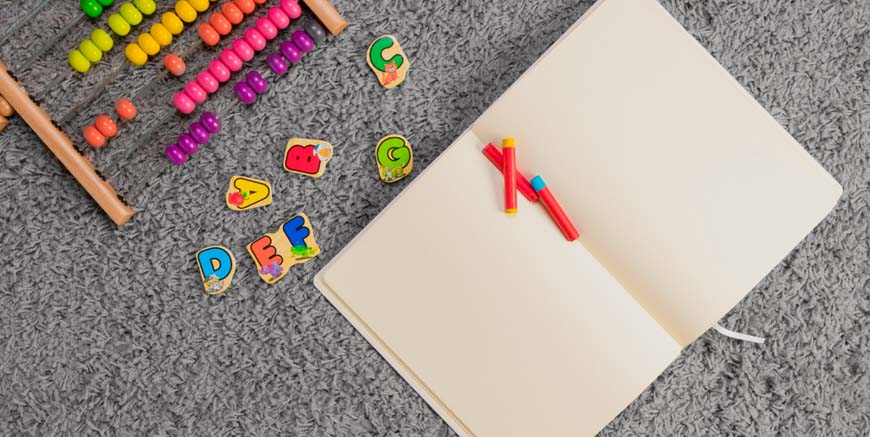
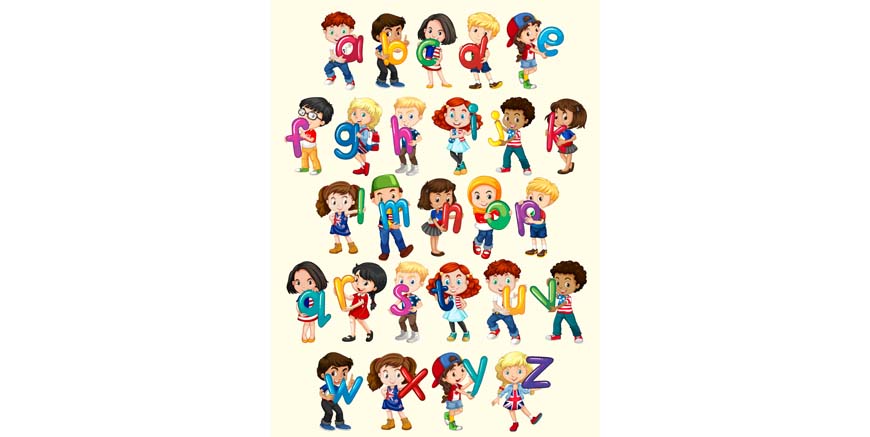

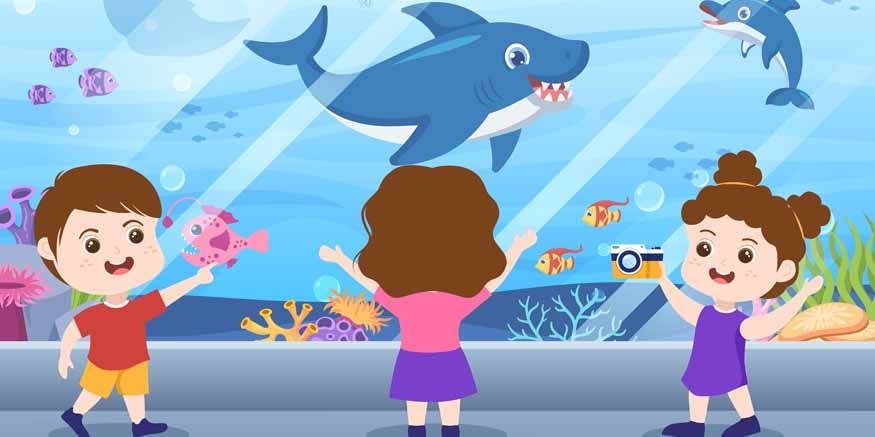
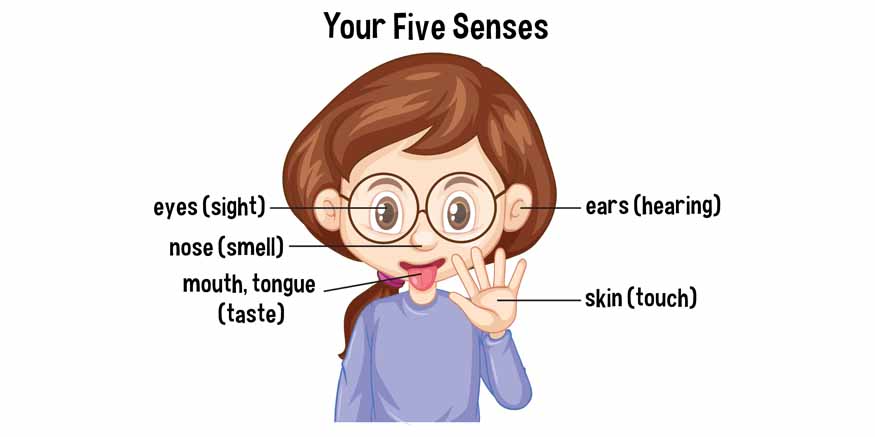

Recent Comments